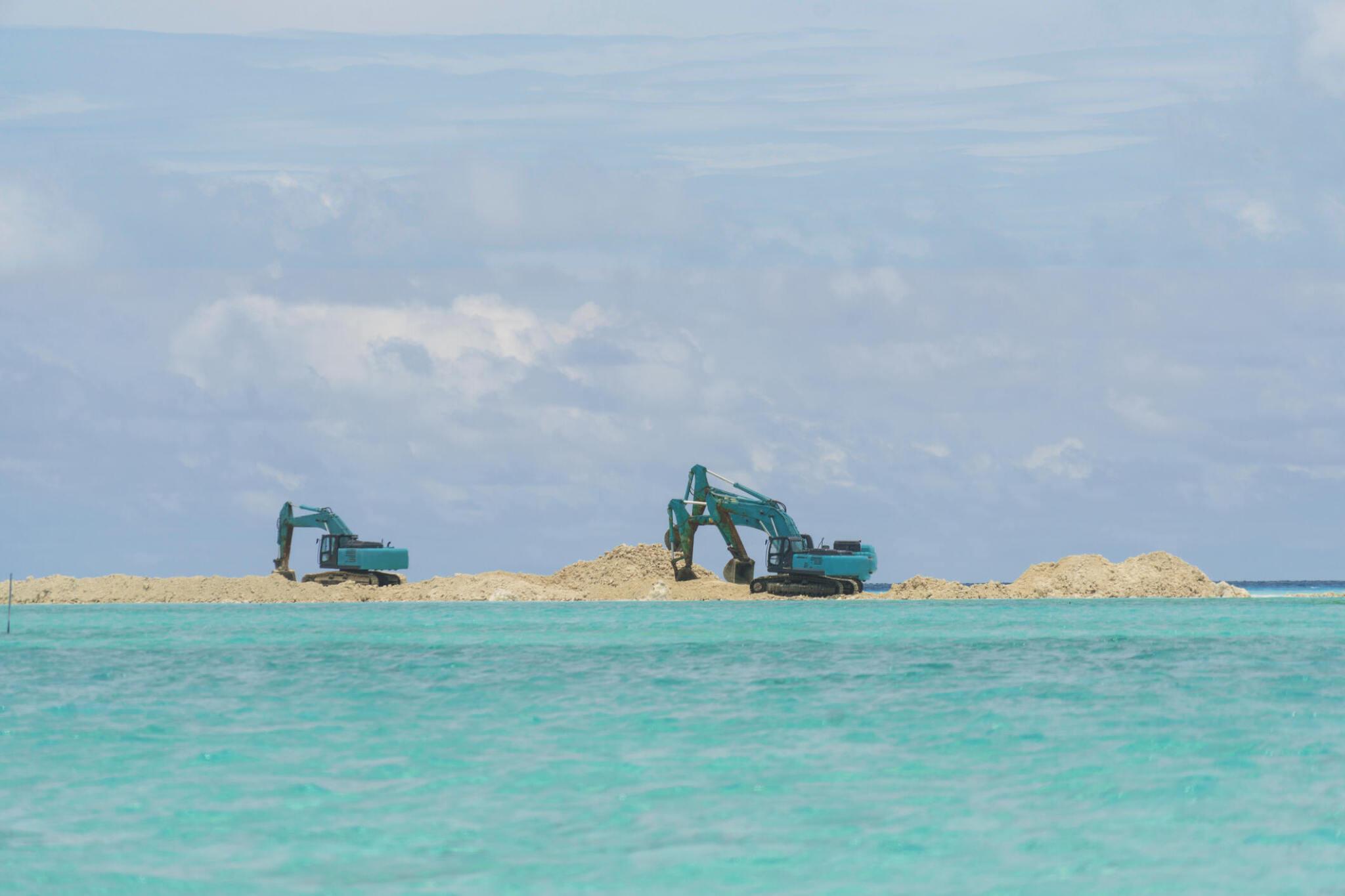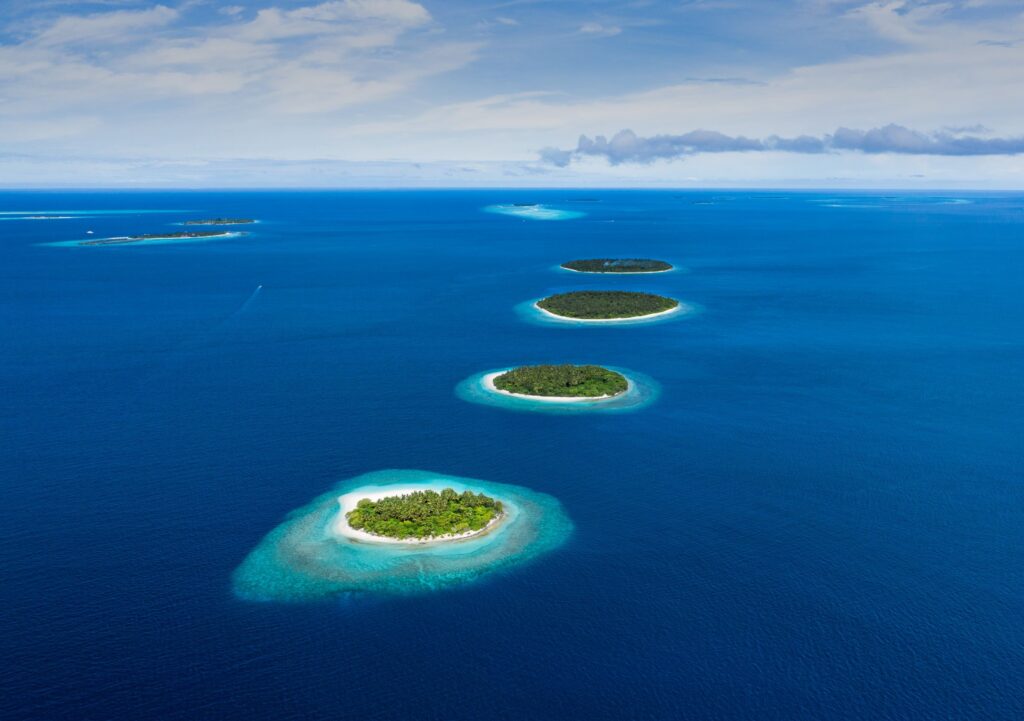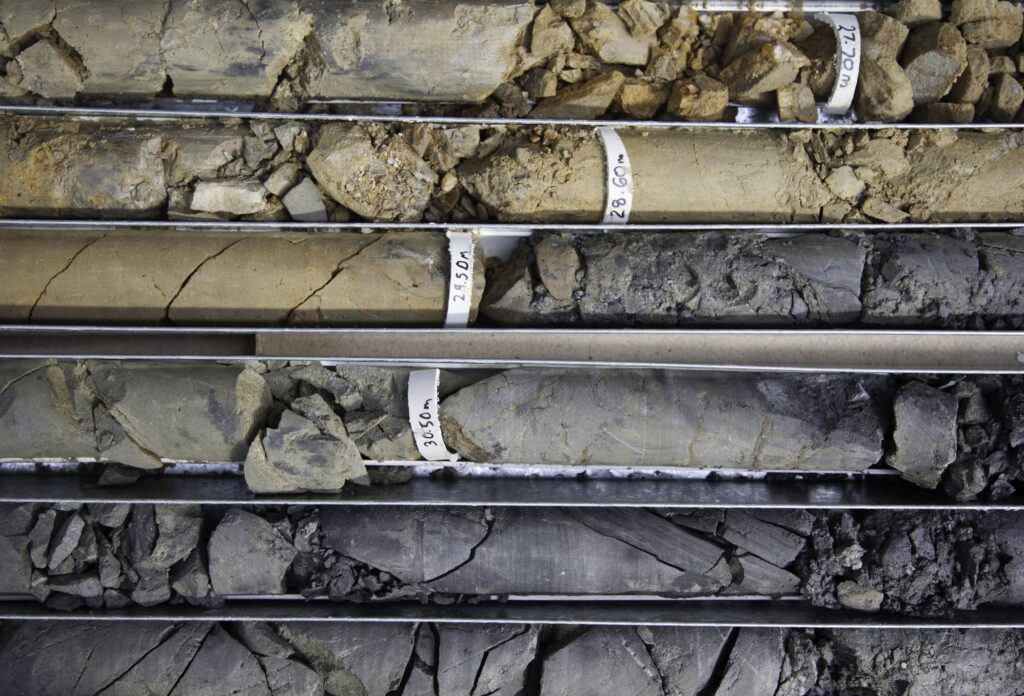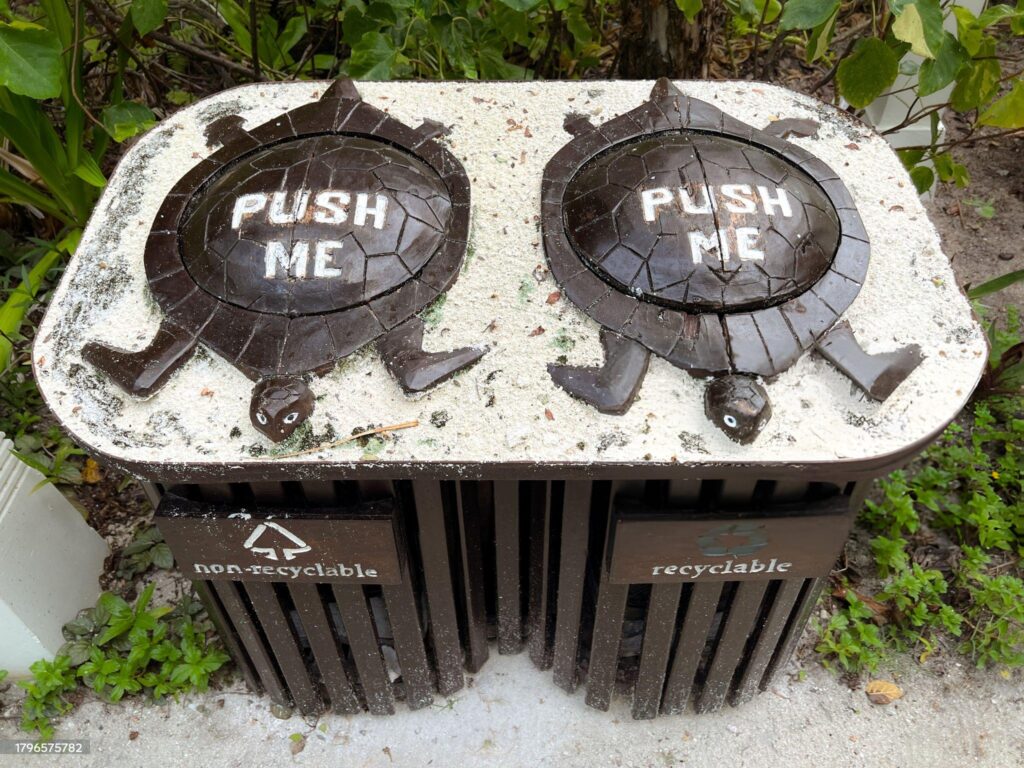At SIDCO, we understand the delicate balance between development and environmental protection, especially in the context of our beautiful island communities. Geotechnical engineering, the practice of analyzing and modifying soil and rock conditions, plays a crucial role in any construction project, and sustainable practices within this field are essential for ensuring the long-term health of our islands.
Challenges and Opportunities:
Island environments present unique challenges for geotechnical engineers. Limited land availability, rising sea levels, and fragile ecosystems necessitate innovative solutions that minimize environmental impact while ensuring the safety and functionality of infrastructure projects. However, these challenges also present exciting opportunities to develop and implement sustainable practices that benefit both the environment and our communities.
Sustainable Geotechnical Practices:
Here at SIDCO, we are committed to promoting and implementing the following sustainable geotechnical practices:
- Optimizing site selection and minimizing land disturbance: Careful planning and site assessments help us avoid sensitive ecological areas and minimize the need for extensive excavation, protecting vital habitats and reducing soil erosion.
- Utilizing recycled and locally sourced materials: Whenever possible, we utilize recycled aggregates, demolition waste, and locally sourced materials in construction projects. This reduces the environmental footprint associated with transportation and resource extraction, promoting resource efficiency and supporting local economies.
- Embracing bioengineering solutions: Natural materials like mangroves, coral reefs, and vegetation can be incorporated into coastal protection strategies, providing a sustainable alternative to traditional methods while promoting ecological functions and habitat restoration.
- Designing for resilience: Considering the increasing threats of climate change, our geotechnical engineers design foundations, slopes, and coastal protection systems to withstand extreme weather events, rising sea levels, and other environmental challenges, ensuring the long-term sustainability and safety of infrastructure.
- Minimizing waste generation and promoting responsible waste management: We implement strict waste management plans during construction, minimizing waste generation and ensuring proper disposal or even exploring opportunities for waste reuse or recycling.
- Engaging with communities and stakeholders: We actively engage local communities and stakeholders throughout the planning and construction process. This collaboration allows us to incorporate local knowledge, address environmental concerns, and foster a sense of ownership within the community for sustainable development projects.
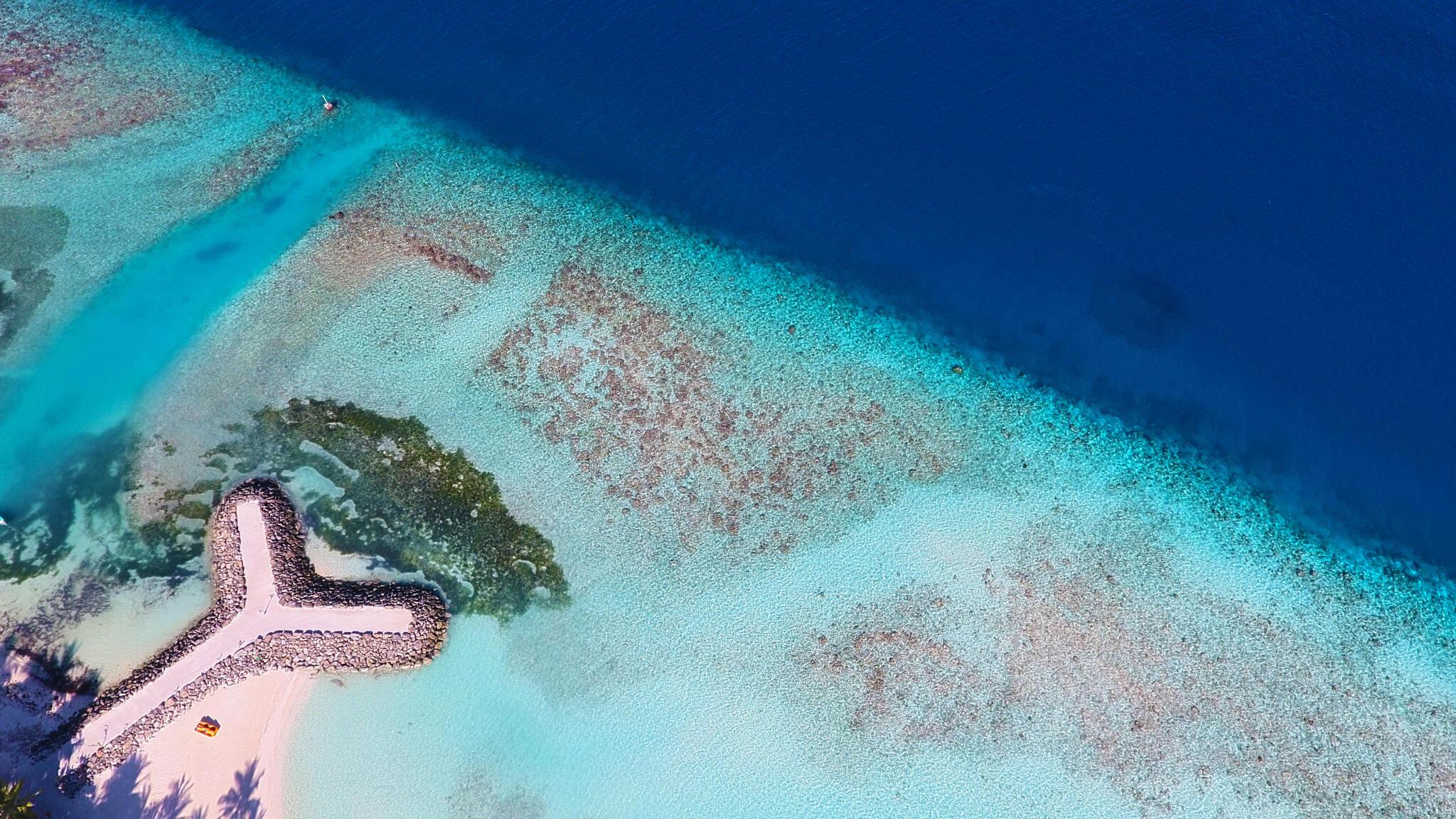
Benefits of Sustainable Geotechnical Practices:
By implementing these practices, SIDCO contributes to:
- Reduced environmental impact: Minimizing land disturbance, resource use, and waste generation fosters environmental protection and promotes biodiversity.
- Increased resilience of infrastructure: Sustainable designs enhance the ability of infrastructure to withstand environmental challenges, protecting communities and safeguarding investments.
- Reduced construction costs: Utilizing recycled materials and optimizing resource use can lead to significant cost savings.
- Improved community engagement: Collaboration with stakeholders fosters trust, fosters ownership of projects, and ensures that development aligns with community needs and values.
Looking Forward:
At SIDCO, we believe that sustainable geotechnical practices are not just a responsibility, but an opportunity to create a brighter future for our islands. By embracing innovation, collaborating with communities, and prioritizing environmental protection, we can ensure that development enhances the lives of our people while safeguarding the natural beauty and ecological integrity of our island homes.
We encourage you to join us in this journey towards sustainable development. Together, we can build a future where our islands thrive in harmony with the environment, ensuring the well-being of present and future generations.

